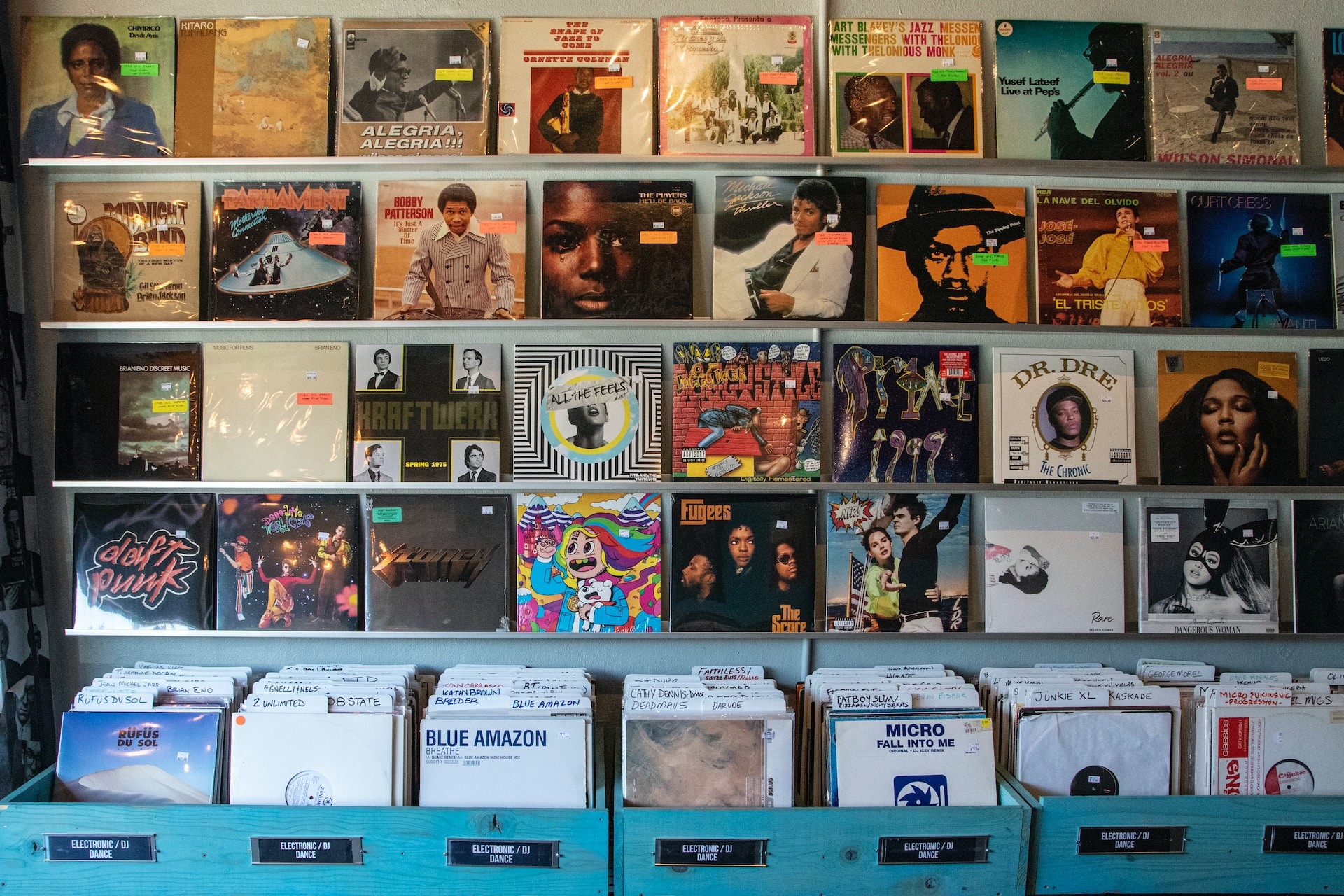Have you ever wondered what exactly music distribution is and how it has evolved? Here is the story in a few lines. It started with sheet music, the only means to 'share' music. Then we move forward to the era of phonographs and vinyl records, where music became something you could own. Cassettes and CDs followed, allowing for greater portability. But what happened when music went digital? Everything changed. Music became files, sequences of zeros and ones.
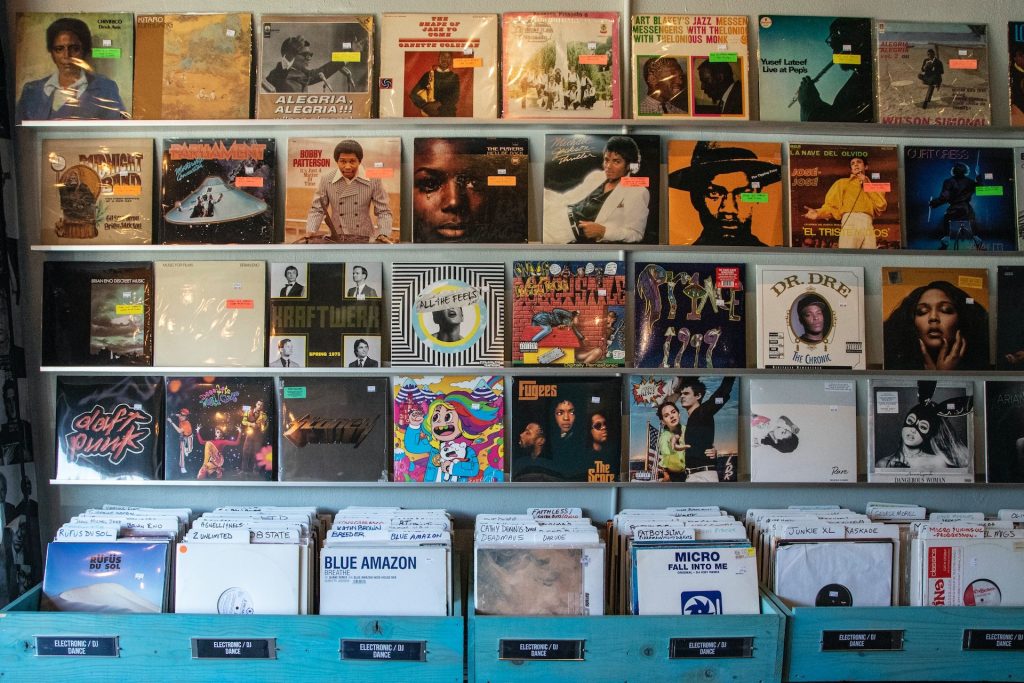
Have you thought about how this change has affected artists, the industry, and us as listeners? Let's see it in detail.
What is Music Distribution?
Music distribution is the process by which music reaches from artists to listeners. Basically, it's the path a song takes from the recording studio to your ears. Historically, music distribution involved the physical manufacturing of music in formats such as vinyl records, cassette tapes or CDs, which were then shipped to stores for sale to the public. Artists generally worked with record labels, which were in charge of this distribution process. But in the digital age, music distribution has evolved significantly. Music can now be distributed digitally over the Internet, eliminating the need for a physical product. Artists can upload their music to digital distribution platforms, which will then be available for purchase or streaming on online music stores and streaming platforms. If we think about it, music distribution, in any of its forms, is a key link that connects music creation with its enjoyment. Whether through a vinyl record or a digital service, it is thanks to it that we can enjoy our favorite songs and artists.
Formats and Processes
Music has always found a way to reach us. But have you stopped to think about how distribution formats and processes have changed over time? The reality is that musical distribution is linked to the formats and supports that have been used to establish music, over time, with different technologies. At the beginning of the 20th century, music was recorded on vinyl records. Remember those big, fragile disks? Or maybe you've seen one at your grandparents' house or in a vintage store. A record player was needed to play them and the music sounded with a characteristic, nostalgic crackle.
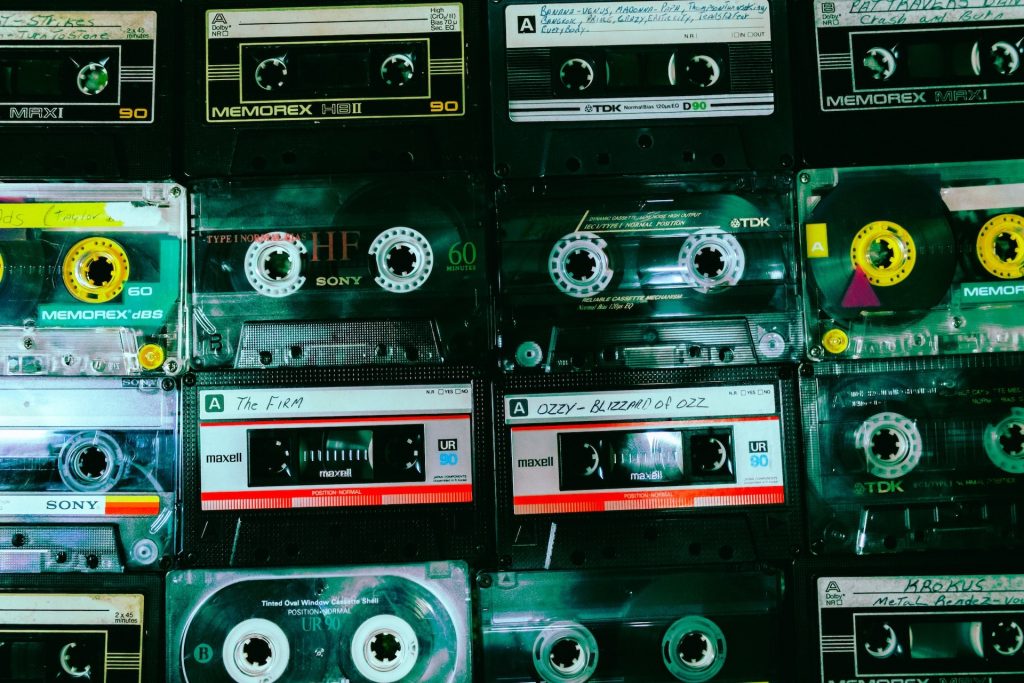
Later, cassettes arrived, smaller and more portable. Who doesn't remember the ritual of rewinding a tape with a pen? Then, the CD revolutionized the industry. Music was recorded digitally, allowing for clearer, longer-lasting sound quality. Additionally, CDs were much easier to mass produce. But the real revolution came with the digital age. Music could now be distributed as MP3 or WAV files over the Internet. iTunes was a great example of this, changing the game by allowing users to purchase individual songs instead of entire albums. Now, streaming platforms like Spotify, Apple Music or even YouTube rule. We don't need to “own” the music, we just “rent” it. This has made access to songs and all types of music much easier, but it has also posed new challenges. For example, did you know how much 1000 plays on Spotify generate for an artist or musician? The answer is very very little. Distribution processes have also changed dramatically. Previously, records were produced in factories, shipped to stores, and sold to the public. Now, music is uploaded to a digital platform and is available to everyone instantly. Could you imagine that your favorite song could reach your ears directly from the artist's studio, in a matter of hours or even minutes?
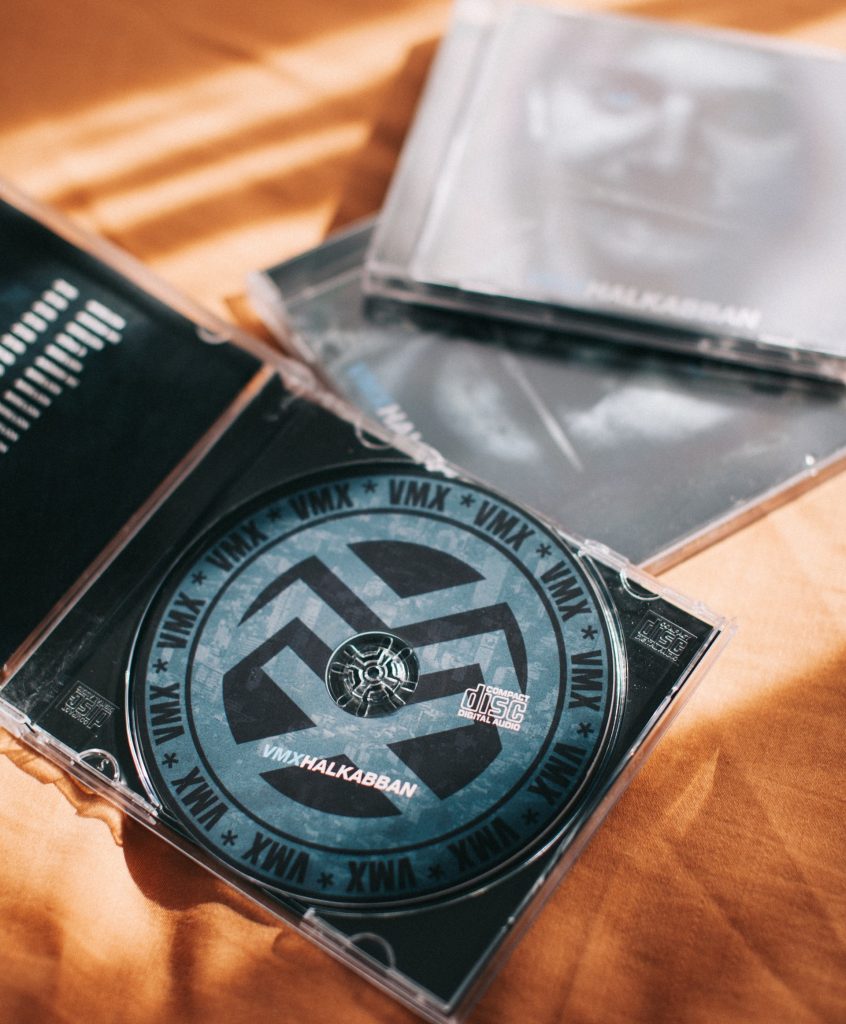
The impact of Digitalization in the Music Industry
Digitalization has completely transformed the music industry, and you have likely noticed its effects without even realizing it. Have you thought about how the way we consume music has changed? Before, we would eagerly wait for the release of our favorite artist's new album, and many times we would have to buy the entire album to enjoy one or two songs. Today, thanks to streaming platforms, you can listen to any song you want, at any time. This transition to digital has also changed the way artists produce and distribute their music. Previously, artists had to produce an entire album, then work with a record label to physically manufacture and distribute that album. Today, an artist can record a song at home, upload it to a digital platform, and it is instantly available to millions of people around the world. Take Billie Eilish, who recorded her debut album in the bedroom of her house with her brother Finneas. His music went viral on various digital platforms and, without requiring a large initial investment or physical distribution, he became a global superstar. But while this seems like a great thing, as we've said, artists often earn a small fraction of a cent per stream on streaming platforms, meaning they need millions of streams to make significant income. This is a particular problem for emerging artists, who can struggle to achieve those streaming numbers. Additionally, digital music has made it easier than ever to share and copy music illegally. Remember the controversy surrounding Napster in the early 2000s? That was just the beginning of the challenges that digital piracy has presented for the industry.
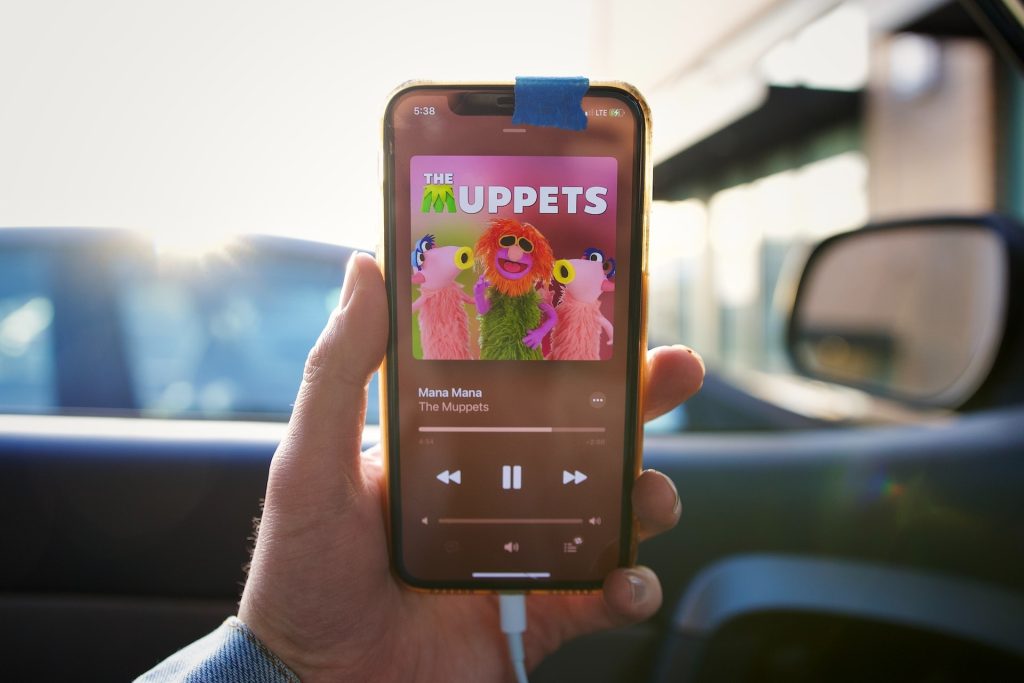
The future of Music Distribution
In a world where everything is digital and music is just a click away, there are significant challenges and potential futures that we cannot ignore. The reality is that artists' income is often insufficient. On platforms like Spotify, it is estimated that a recording can earn around $0.004 per play and less than that will actually reach the pockets of the musicians or artists. Looking to the future, there are new emerging technologies that could further revolutionize music distribution. For example, blockchain technology and non-fungible tokens (NFTs) could provide new ways for artists to profit from their music. We've already seen artists like Kings of Leon release albums as NFTs, offering exclusive perks to buyers. And then there's the metaverse, an interactive virtual universe where music can exist in ways we've never seen before. Could you imagine attending a concert by your favorite artist in a virtual world, or even interacting with them in real time?
Conclusions
In short, music distribution has taken a fascinating path, from vinyl records and cassettes to streaming platforms and NFTs. Music is more than a series of notes and letters; It is a form of expression, a vehicle of culture, an element that unites us, despite our differences. It deserves to be distributed in a way that benefits everyone involved, from the artists who create it to us, the listeners who enjoy it. In this constantly evolving world, media and formats and musical distribution will continue to develop and, as always, in one way or another, music will reach us, going through any difficulty, because we are music, singing, dancing, expression. Let's continue composing and singing, despite everything. Let's accept that gift and share it. It is fair and necessary that it be so. #mailpoet_form_3 .mailpoet_form { } #mailpoet_form_3 .mailpoet_column_with_background { padding: 10px; } #mailpoet_form_3 .mailpoet_form_column:not(:first-child) { margin-left: 20px; } #mailpoet_form_3 .mailpoet_paragraph { line-height: 20px; margin-bottom: 20px; } #mailpoet_form_3 .mailpoet_segment_label, #mailpoet_form_3 .mailpoet_text_label, #mailpoet_form_3 .mailpoet_textarea_label, #mailpoet_form_3 .mailpoet_select_label, #mailpoet_form_3 .mailpoet_radio_label, #mailpoet_form_3 .mailpoet_checkbox_label, 3 .mailpoet_list_label, #mailpoet_form_3 .mailpoet_date_label { display: block; font-weight: normal; } #mailpoet_form_3 .mailpoet_text, #mailpoet_form_3 .mailpoet_textarea, #mailpoet_form_3 .mailpoet_select, #mailpoet_form_3 .mailpoet_date_month, #mailpoet_form_3 .mailpoet_date_day, #mailpoet_form_3 .mailpoet_date_year, #mailpoet_form_3 .mailpoet_date { display :block; } #mailpoet_form_3 .mailpoet_text, #mailpoet_form_3 .mailpoet_textarea { width: 200px; } #mailpoet_form_3 .mailpoet_checkbox { } #mailpoet_form_3 .mailpoet_submit { } #mailpoet_form_3 .mailpoet_divider { } #mailpoet_form_3 .mailpoet_message { } #mailpoet_form_3 .mailpoet_form_loading { width: 30px; text-align: center; line-height: normal; } #mailpoet_form_3 .mailpoet_form_loading > span { width: 5px; height: 5px; background-color: #5b5b5b; }#mailpoet_form_3{border: 1px solid #fcb900;border-radius: 40px;text-align: center;}#mailpoet_form_3 form.mailpoet_form {padding: 20px;}#mailpoet_form_3{width: 70%;}#mailpoet_form_3 .mailpoet_message {margin : 0; padding: 0 20px;}#mailpoet_form_3 .mailpoet_paragraph.last {margin-bottom: 0} @media (max-width: 500px) {#mailpoet_form_3 {background-image: none;}} @media (min-width: 500px) { #mailpoet_form_3 .last .mailpoet_paragraph:last-child {margin-bottom: 0}} @media (max-width: 500px) {#mailpoet_form_3 .mailpoet_form_column:last-child .mailpoet_paragraph:last-child {margin-bottom: 0}} Please leave this field emptyDo you write songs or would you like to?
Email * I have read and accept the Privacy Policy With the Guide «The journey of a song» as a gift Check your inbox or spam folder to confirm your subscription.

